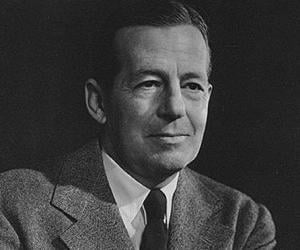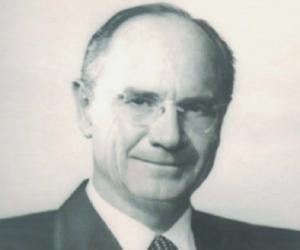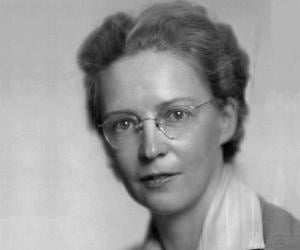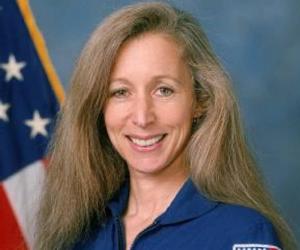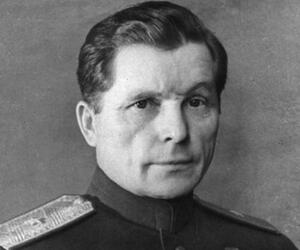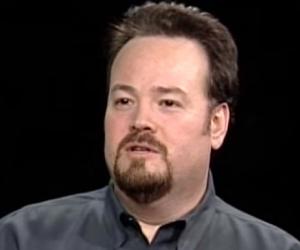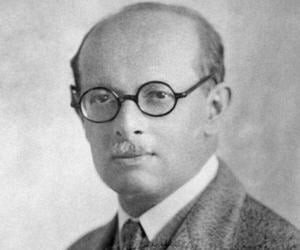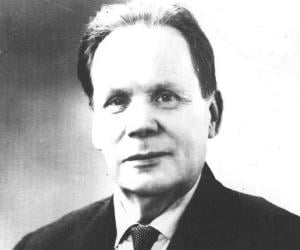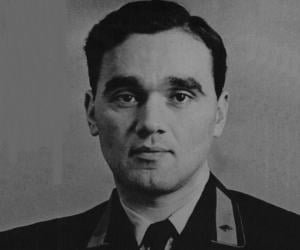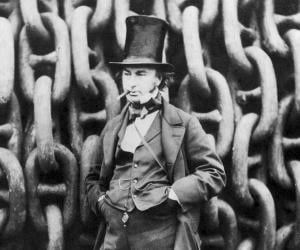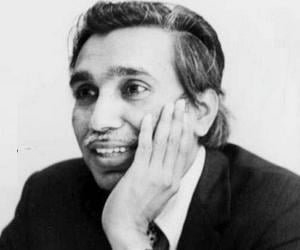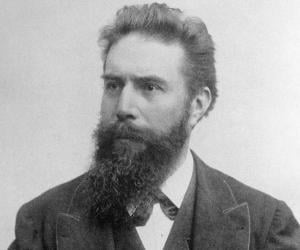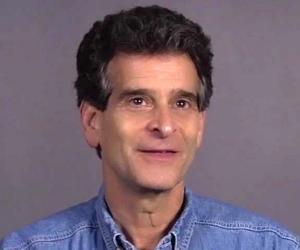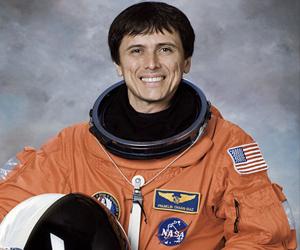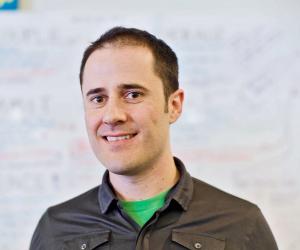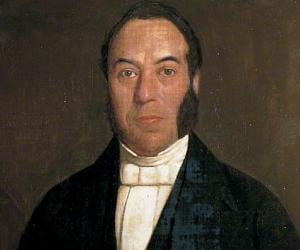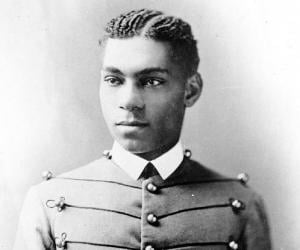English civil engineer, Isambard Kingdom Brunel, is considered "one of the most ingenious and prolific figures in engineering history." Considered a major figure of the Industrial Revolution, he built docks, a series of steamships, and many important bridges and tunnels. He was placed second in a BBC public poll to determine the "100 Greatest Britons" in 2002.
Fazlur Rahman Khan was a Bangladeshi-American architect and structural engineer. Regarded as the father of tubular designs, Khan is credited with designing several skyscrapers, including the Willis Tower and the John Hancock Center. Thanks to his ingenious use of structural systems, Khan is often referred to as the 20th century's greatest structural engineer and the Einstein of structural engineering.
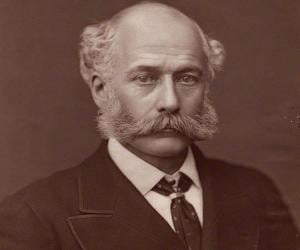
British civil engineer Joseph Bazalgette was the man behind the development of the sewage system of London. He was later knighted for his achievements and had also served as the president of the Institution of Civil Engineers. Another notable work of his was the Hammersmith Bridge.
Wilhelm Rontgen was a German physicist and mechanical engineer. He is best remembered for producing and detecting X-rays for which he was honored with the first Nobel Prize in Physics in 1901. His discovery of X-rays remains one of the greatest achievements in the field of medical science.
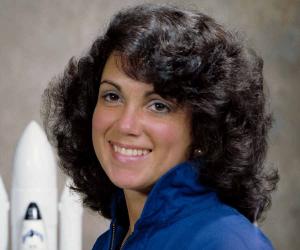
Judith Resnik was an American software engineer, electrical engineer, pilot, biomedical engineer, and NASA astronaut. She was the fourth woman and the first Jewish woman in space, logging 145 hours in orbit. Resnik, who died during the Space Shuttle Challenger disaster in 1986, received several posthumous honors. Judith Resnik’s life and career inspired the 1990 TV movie Challenger.
Franklin Chang Díaz is a Costa Rican American physicist, mechanical engineer, and former NASA astronaut. He is credited with founding the Ad Astra Rocket Company where he currently serves as the CEO. On May 5, 2012, Franklin Chang Díaz was inducted into the NASA Astronaut Hall of Fame.
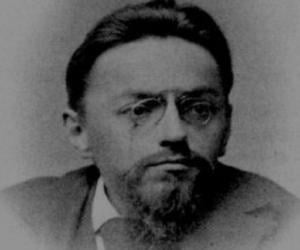
Though German-born American mathematician and engineer Charles Proteus Steinmetz suffered from a deformed back since childhood, he excelled in math, physics, and classical literature. His ideas on alternating current (AC) systems initiated the electrical era in the US. By the time he died, he had over 200 patents under his name.
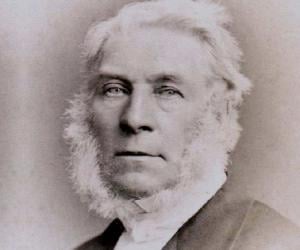
Renowned meteorologist and aeronaut James Glaisher was a pioneer of balloon flights and had penned the iconic book Travels in the Air. He had also contributed to the formation of the Meteorological Society and the Aeronautical Society of Britain. The 2019 movie The Aeronauts depicts his exploits as a balloonist.
Richard Trevithick was a British mining engineer and inventor. A pioneer of rail transport and steam-powered vehicles, Trevithick is credited with developing the first working railway steam locomotive and the first high-pressure steam engine. He was a highly respected figure in the fields of engineering and mining during the peak of his career.
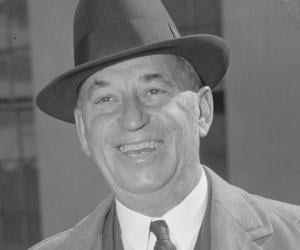
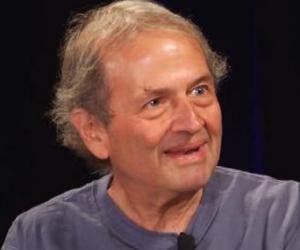
Andy Hertzfeld is an innovator and software engineer. During the 1980s, Hertzfeld was one of the members of the Apple Macintosh development team. He is also credited with co-founding companies like Radius, General Magic, and Eazel. From 2005 to 2013, he contributed to the development of Google+. Elden Henson and Michael Stuhlbarg portrayed him in Jobs and Steve Jobs respectively.

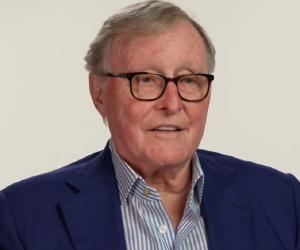
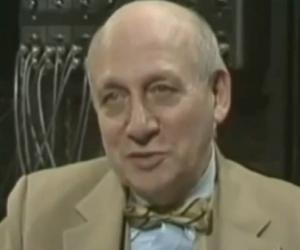
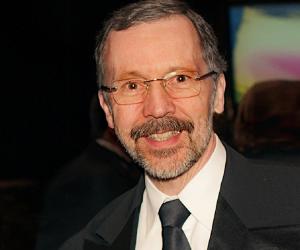
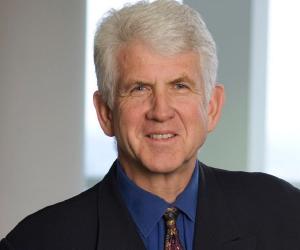
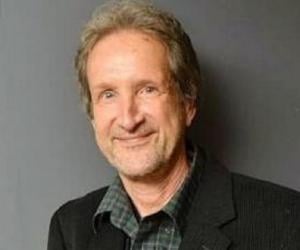
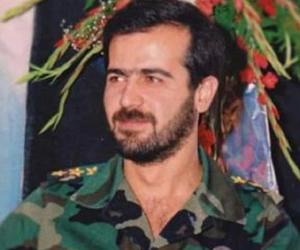
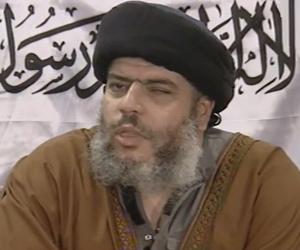
Abu Hamza al-Masri is an Egyptian cleric who served as the imam of London's Finsbury Park Mosque. He was accused by the British authorities for inciting racial hatred and violence and the court found him guilty in 2006. In 2012, Hamza was extradited to the USA to face terrorism charges. In 2014, he was found guilty of 11 terrorism charges.
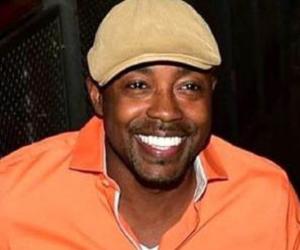
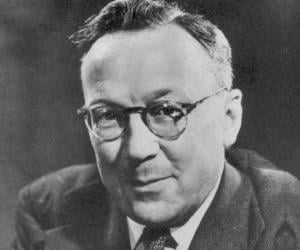
Robert Watson-Watt, often called the father of radar was a British physicist who did pioneering work in radio direction finding (RDF) and radar technology. He developed high-frequency direction finding (huff-duff) as a system for locating lightning. It was later introduced during the Second World War and played an instrumental role in intelligence, mainly in catching enemy radios while they transmitted.
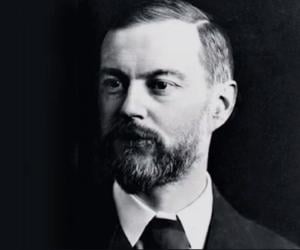
Famous for his designs of car and airplane engines, fifteen years old Frederick Henry Royce learned engineering through hands-on during his apprenticeship at Great Northern Railway Company rather than through education. At twenty-one, he started his own engineering business, manufacturing electrically driven cranes, dynamos, and motors, eventually drawing the attention of C.S. Rolls, co-founding the Rolls Royce Company with him.
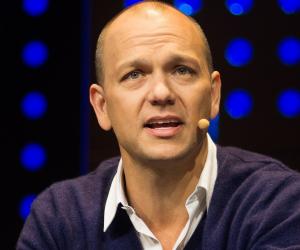
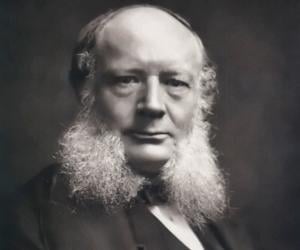
German-British inventor and electrical engineer, who revolutionized the steel-making and glass-making industries, is best remembered for using the Siemens-Martin process to create the regenerative furnace. His achievements earned him accolades such as the Albert Medal. He was a Fellow of The Royal Society and was knighted shortly before his death.
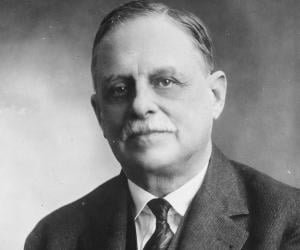
Elihu Thomson was an English-born American inventor and engineer. He is credited with founding major electrical companies in France, the United Kingdom, and the United States. In 1882, Elihu Thomson founded the Thomson-Houston Electric Company which was renamed General Electric Company in 1892 after merging with the Edison General Electric Company. Thomson is also credited with inventing an arc-lighting system.
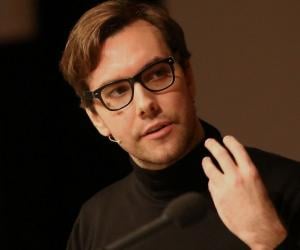
Then first Black to have graduated from West Point’s Military Academy, Henry Ossian Flipper was born to slave parents. He also became the first African-American to command US Army troops. He was dismissed unjustly on embezzlement charges and later worked as a civil engineer. His name was cleared posthumously.
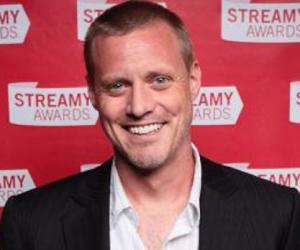
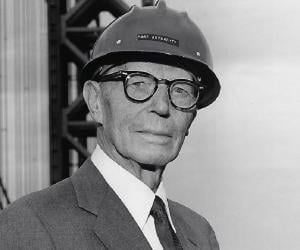
Swiss-American engineer Othmar Herman Ammann is best remembered for designing long suspension bridges, such as the Verrazano-Narrows Bridge and the George Washington Bridge. He also owned a firm in New York and had a long stint with the Port of New York Authority. He also designed part of the Lincoln Center.
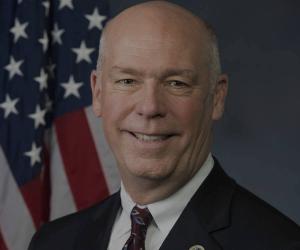
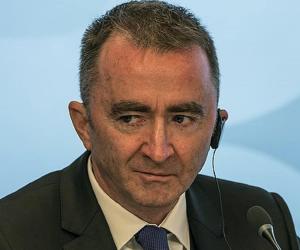
Paddy Lowe is best known as the former chief of the Mercedes Formula One team. He later established a petroleum company. He and his brother Michael Lowe became the first brother duo to be part of the Royal Academy of Engineering. He has been the chief technical officer of Williams Racing.
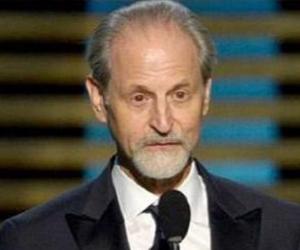
Born to anti-Apartheid parents in South Africa, Eddie Kramer later moved to London with his family. An expert in classical piano, he later deviated to jazz and soon became one of the greatest rock producers/engineers of the world. His collaborators included The Beatles, Jimi Hendrix, and The Rolling Stones.
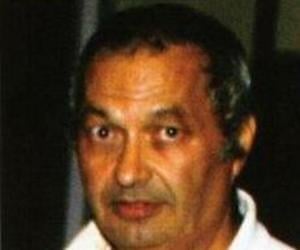
Noshir Gowadia is a former design engineer. A convicted spy for several countries, Gowadia was indicted for selling classified information to individuals in Switzerland, Germany, and Israel and to China. Noshir Gowadia received a 32-year prison sentence in 2011.
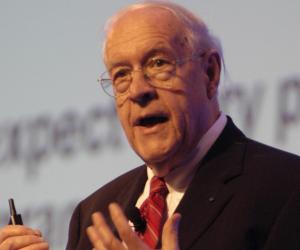
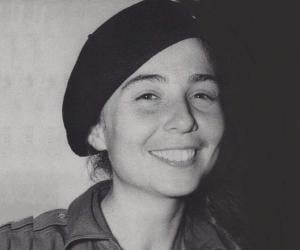
Vilma Espín Guillois was a Cuban revolutionary, chemical engineer, and feminist. She is best remembered as an adamant feminist who helped organize a vanguard revolutionary organization called 26th of July Movement, which later became a political party. Vilma Espín also helped establish the Federation of Cuban Women. She also advocated equal rights for women in all aspects of life.
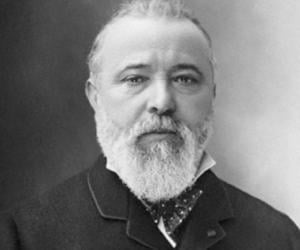
Belgian electrical engineer Zénobe Gramme is remembered for inventing the Gramme machine. While he initially worked in an electrical industry factory in Paris, he later collaborated with French engineer Hippolyte Fontaine, to work on his dynamo model. His invention made use of much higher voltages than the standard dynamos back then.
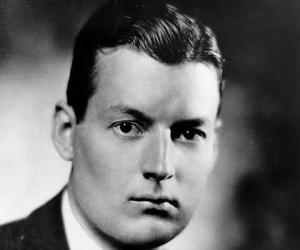
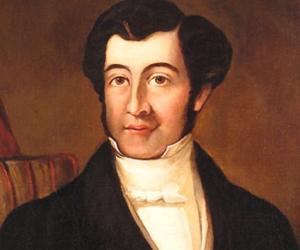
Joseph Bramah started his career as a cabinet maker and over time, revolutionized the lock-making industry with his pick-proof locks. Along with blacksmith Henry Maudslay, he changed the course of 19th-century British manufacturing. Best known for his hydraulic press, he also built water closets in Queen Victoria’s home.
